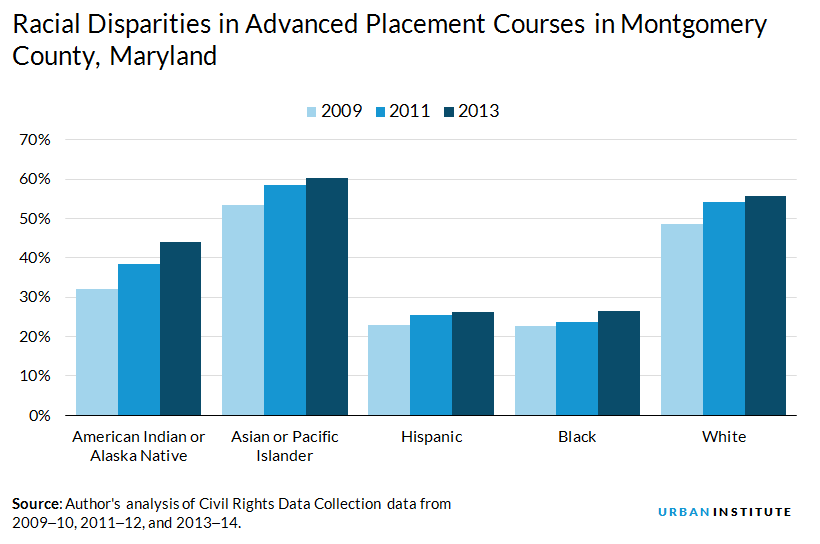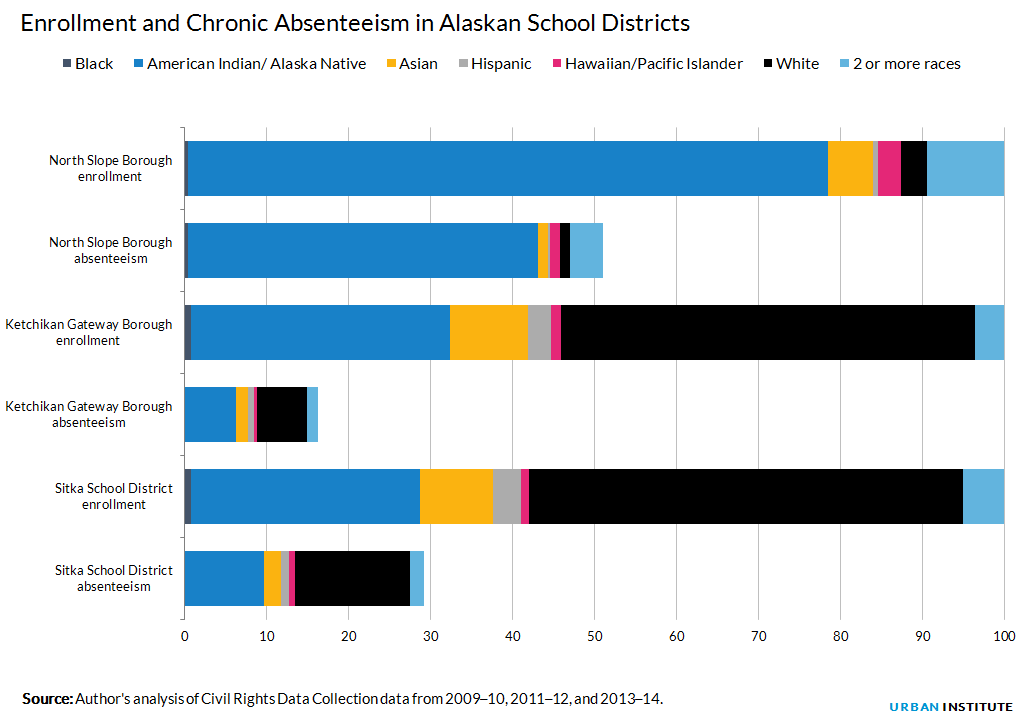The announcement last week that the US Departments of Justice and Education will end Obama-era protections for transgender students proves the Trump administration is serious about transferring control of education from the federal government to the states. But while the appropriate federal role in the policies and practices of local schools is a matter of debate, ensuring transparency through data collection should not be.
Since 1968, the Office for Civil Rights (OCR), an office of the Department of Education, has collected data from public schools on student and school characteristics to ensure all students have equal access to a quality education. Many have raised questions about the future of this biennial dataset under Secretary DeVos. Despite challenges posed by data collection, however, DeVos should maintain the Civil Rights Data Collection (CRDC). Rather than a case of federal overreach, the CRDC allows the federal government to empower state and local education providers to improve their policies and provides parents, policymakers, and advocates the tools to hold schools accountable.
The burden of data collection
Arguments opposing the CRDC have focused on burdensome data collection and skepticism about the utility of these data. While this concern will not dissipate overnight, work is being done to address it. OCR has incorporated feedback and adjusted the CRDC to reduce duplication and administrative burden. The Department of Education also proposed changes to the 2017–18 CRDC that “will have the net effect of reducing burden for school districts.” Some states have even taken proactive steps to reduce the time and work required of schools by cutting down on duplication.
DeVos should also consider that letting states collect their own civil rights data is no less burdensome if states hope to maintain the highest standards of equality. The benefit of continuing the CRDC is that the systems already exist and the measures have already been tested and selected. If data collection is delegated to state control, each state will have to adapt or create their own systems, measures, and processes for working with schools and districts in collecting data.
Federal data, local solutions
Opponents of the CRDC would argue that states should create their own systems and select their own measures because each state has different needs. But the CRDC already meets those needs for states and districts with vastly different populations.
Take two drastically different school systems on opposite sides of the country. Montgomery County is Maryland’s wealthiest and largest county and boasts a top-notch public school system. CRDC data for Montgomery County show increased enrollment in Advanced Placement classes across all subgroups, but a widening gap between races. Because data revealed the disparity, the district has taken important steps to ensure equity.
Meanwhile, in Alaska, where there are many small and relatively poor rural counties with large populations of American Indians, CRDC data also reveal a racial disparity. Data on chronic absenteeism show the prevalence of rural absenteeism and the disproportionately high rates of absenteeism among specific subgroups, including American Indians, a group too often forgotten in research efforts.
Montgomery County and Alaska serve very different populations, yet for both districts, the CRDC reveals important, actionable data. The CRDC doesn’t tell states or districts what to do, but it does give them the tools to properly assess how they are performing and how they can better serve students.
Revealing new problems
Recently, the CRDC has revealed inequities in school discipline and chronic absenteeism that have led to important policy changes. It was through the CRDC that stakeholders began to understand the prevalence of absenteeism, which is linked with lower grade retention, student performance, dropout rates, and wasted spending. In addition, in response to data that revealed disparities in discipline between minority and white students, Washington, DC, pushed for more data transparency and specialized annual Equity Reports, and California lawmakers eliminated suspensions for willful defiance.
Chronic absenteeism and discipline demonstrate just two areas where CRDC data sparked important policy change. The benefit of centralized data collection is that in the next CRDC, the same data will be collected, and schools and policymakers can measure progress. Ending the CRDC would eliminate decades of data that can help us understand trends and how different decisions affect districts and students.
The CRDC has had a lasting effect on state and local policies and has shed light on persisting issues and disparities. Like any data collection effort, the CRDC comes with challenges, and there is room for improving efficiency. But as DeVos continues to reform the Department of Education, she should maintain the CRDC. It plays an essential role in keeping a focus on equity, while giving federal, state, and local agencies data to create their own solutions and—perhaps most importantly—giving parents, advocates, and taxpayers the data they need to hold their schools and districts accountable.
—Michael Katz
Michael Katz is a research associate in the Center on Labor, Human Services, and Population at the Urban Institute. This post originally appeared on Urban Wire.




